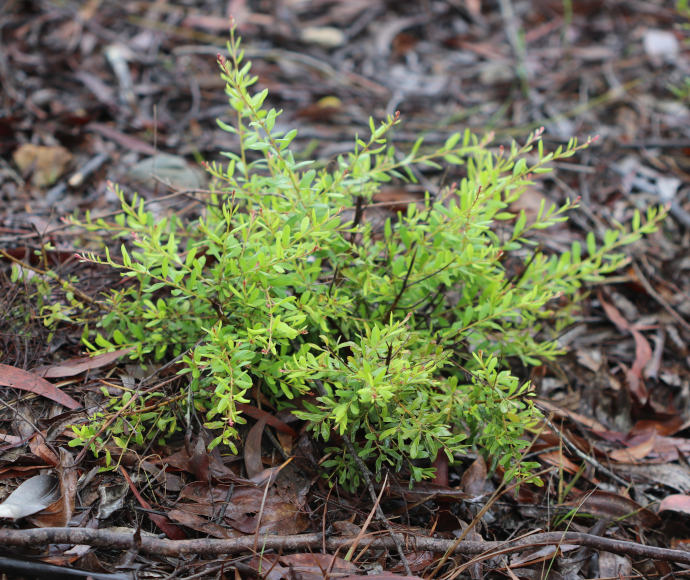The relationship between fire and plants can be complex. Often, fire can help germinate specific plant species, and prescribed burns can help maintain wildlife habitat. But fire can also be devastating, as was the case for a population of the endangered Grevillea masonii, located north of Grafton in New South Wales.
In late 2023, a prescribed burn bordering an endangered species zone jumped a shared fence, impacting the site of the Grevillea masonii. This species only occurs in a few locations between Grafton and Casino: the burnt population represented 40% of the known remaining plants.
The Saving our Species team were quick to respond, developing a post-fire monitoring project with specific actions to monitor the population for signs of recovery. The main challenge was securing funding to undertake the project – a call to arms that Transgrid answered.

Conservation begins – together
To ensure timely post-fire monitoring of the population, Saving our Species met with Transgrid, who responded to the conservation need and committed funds to the project. It was this swift reaction that allowed the Saving our Species team to begin urgently monitoring recovery of the population.
Surveys of the population will continue to monitor ongoing recovery and determine whether seedlings germinate from a soil seed bank. The team is hoping to eventually see signs of flowering and seed production, which is essential to persistence of the species in the wild.
Saving our Species Threatened Species Officer Chris Ormond says, ‘Transgrid’s willingness to partner on the project shows that management and conservation of a threatened species is something everyone can get involved in.’
Transgrid spokesperson David Donehue said time was of the essence. ‘Given the devastating impacts of the 2019–2020 bushfires, we felt that this initiative was something that we could support as it was critical to get this survey work done,’ said Mr Donohue.
The post-fire monitoring supported by Transgrid will provide the Saving our Species team with critical knowledge of the species’ response to fire, its reproductive strategies and fire recovery mechanisms. Outcomes of this monitoring will inform future management of this unique threatened species.

Start a conversation about conservation
Explore what your organisation can do to help protect threatened species as Transgrid has. Contact the Saving our Species Partnerships Team to start a conversation about conservation today.


